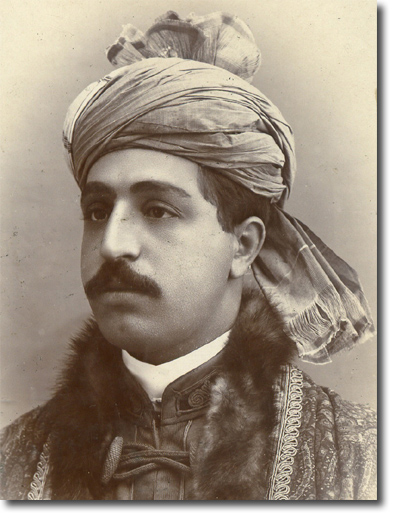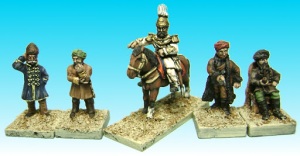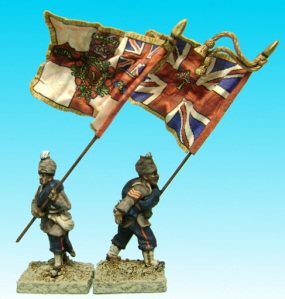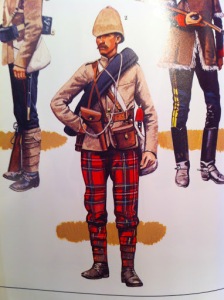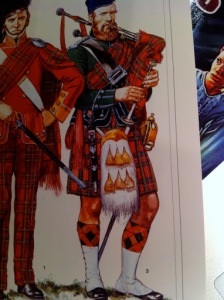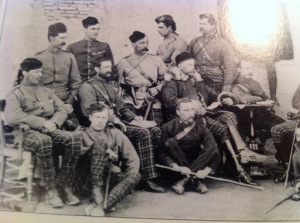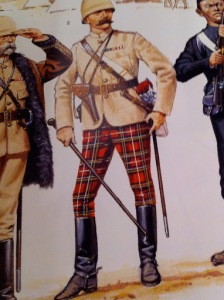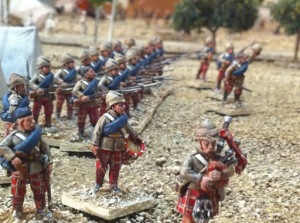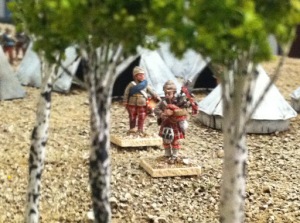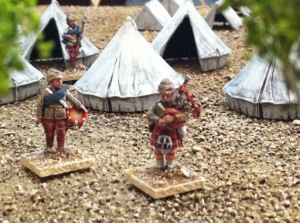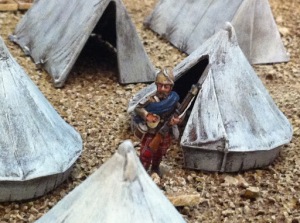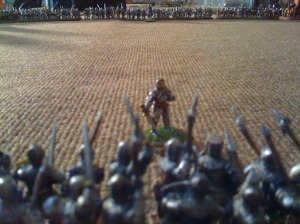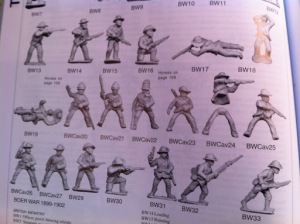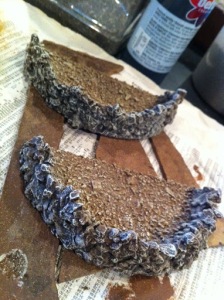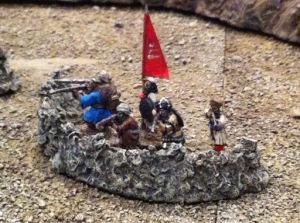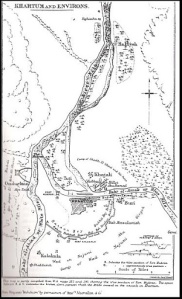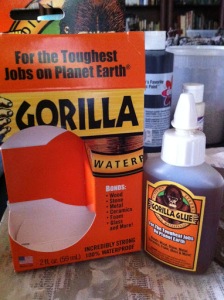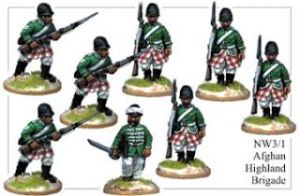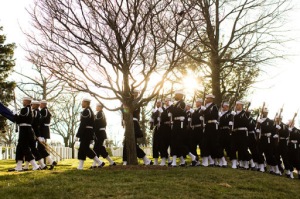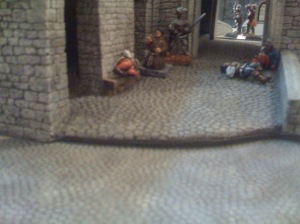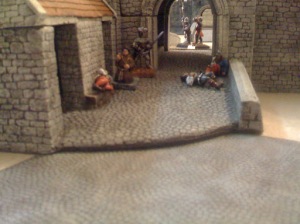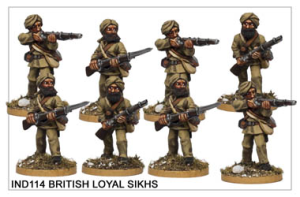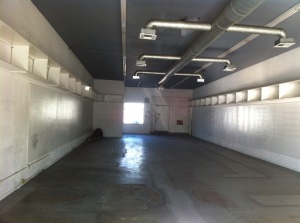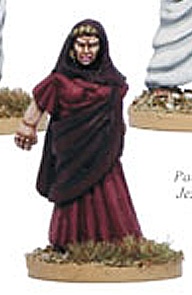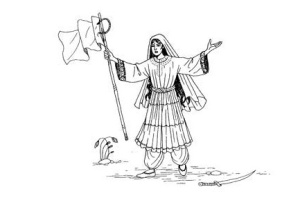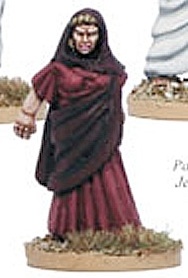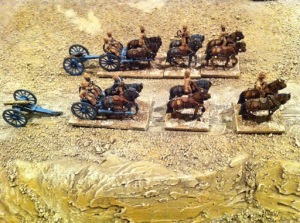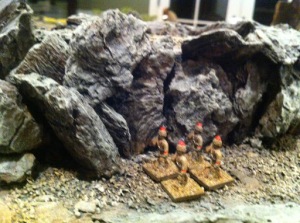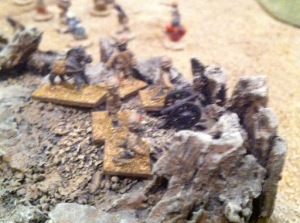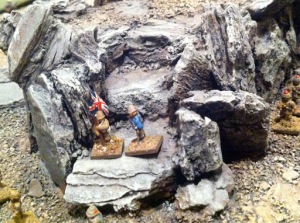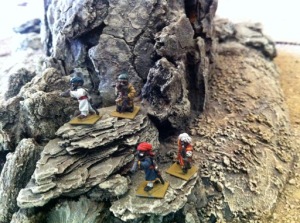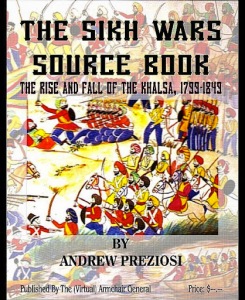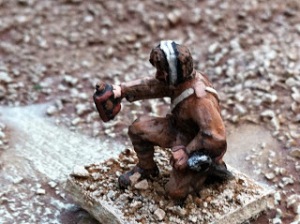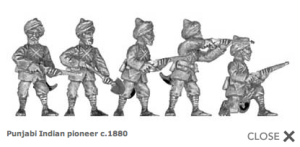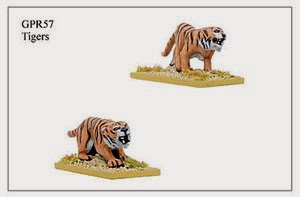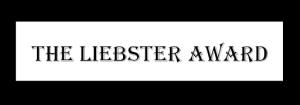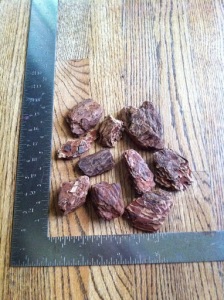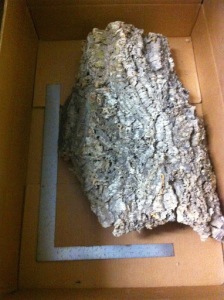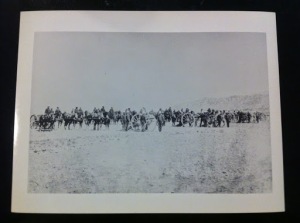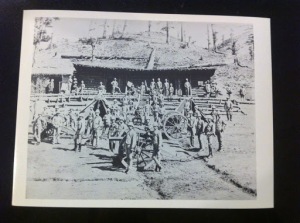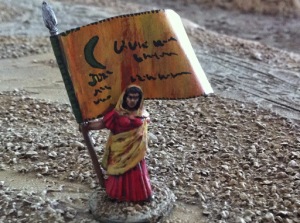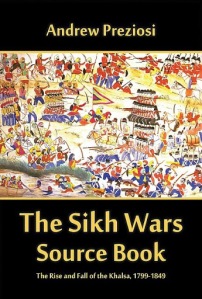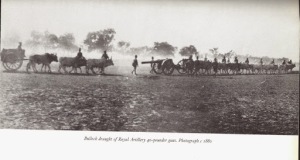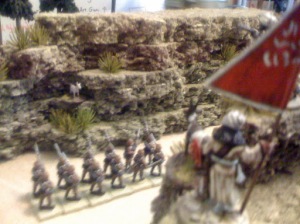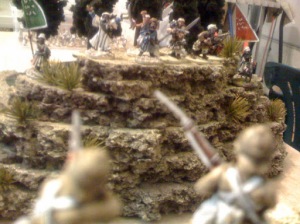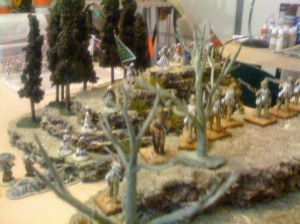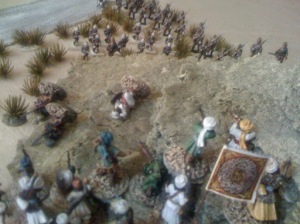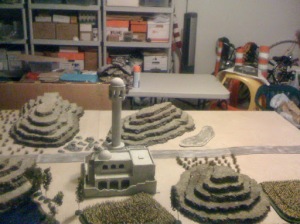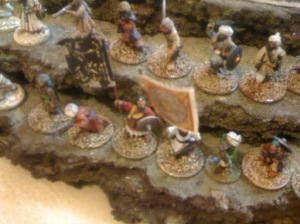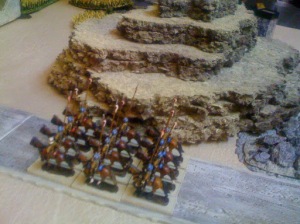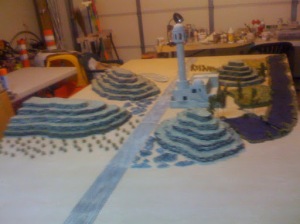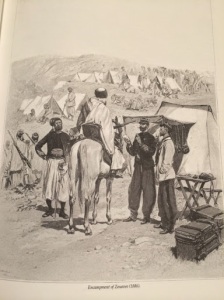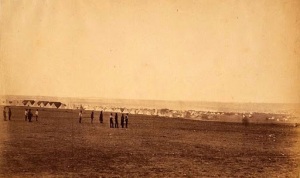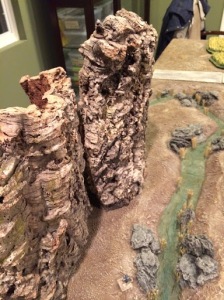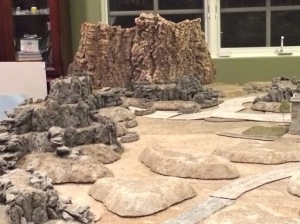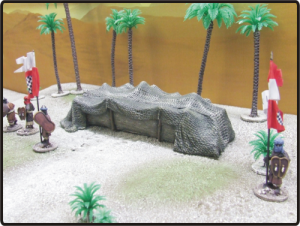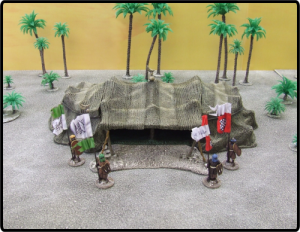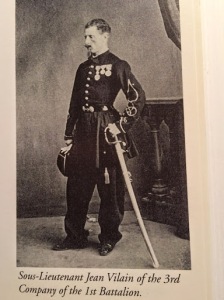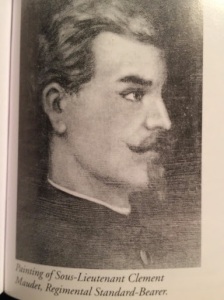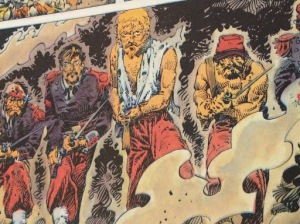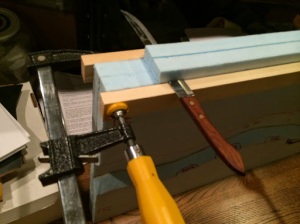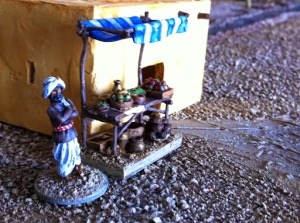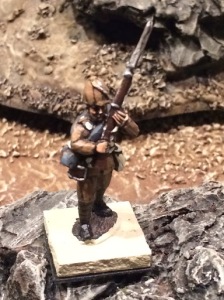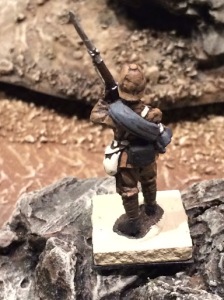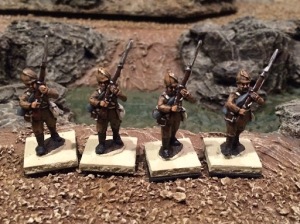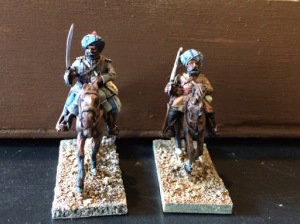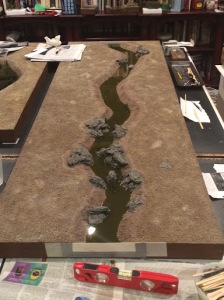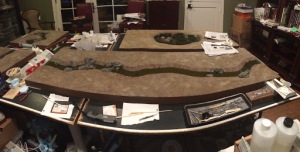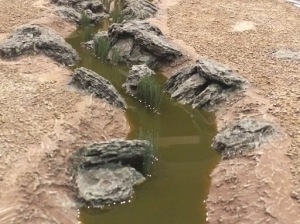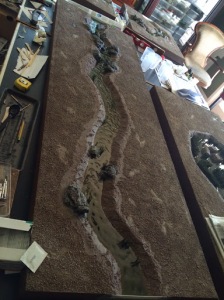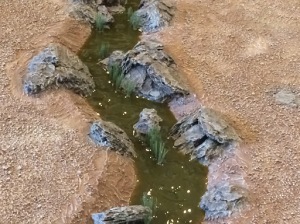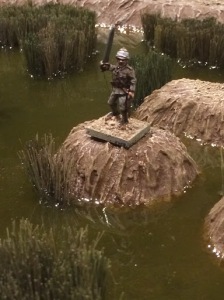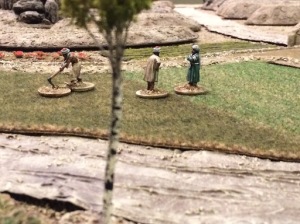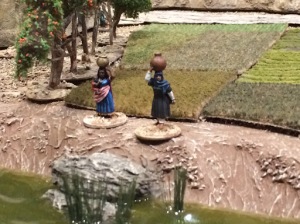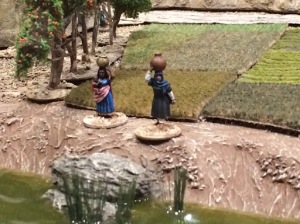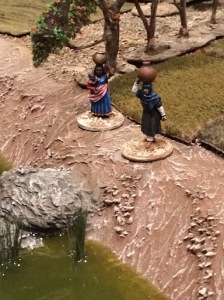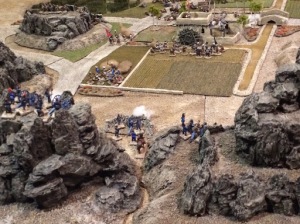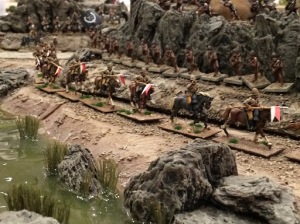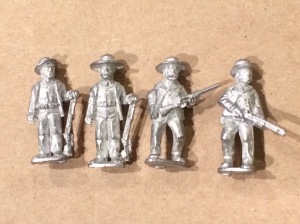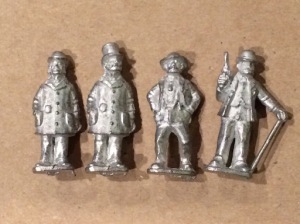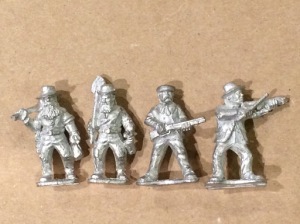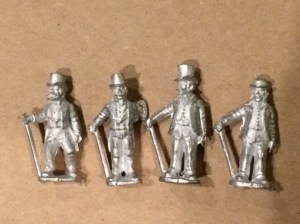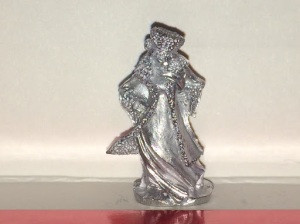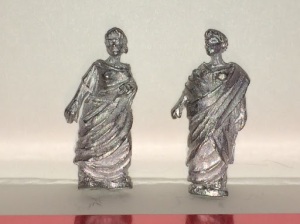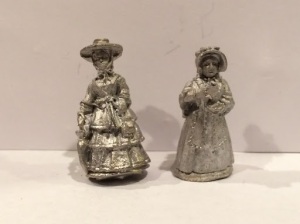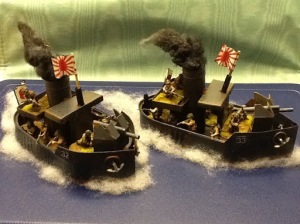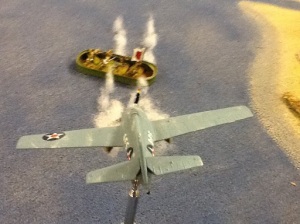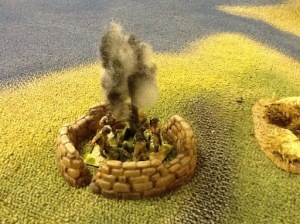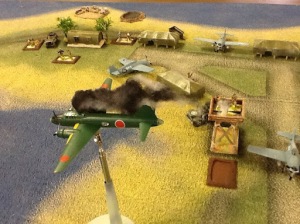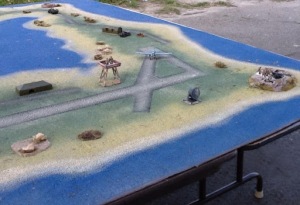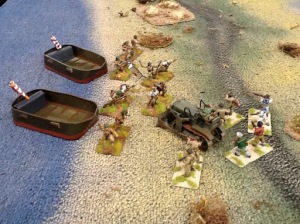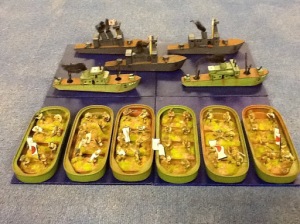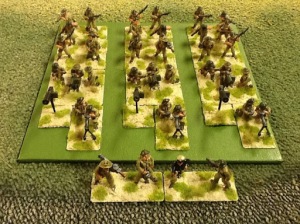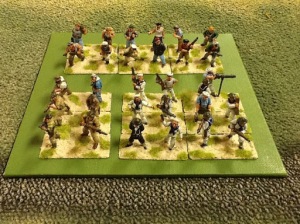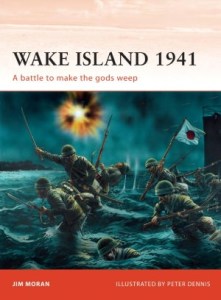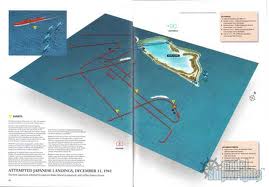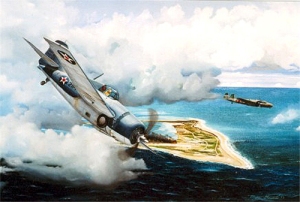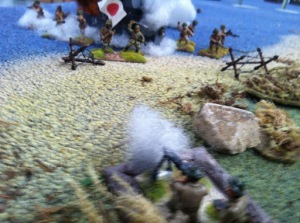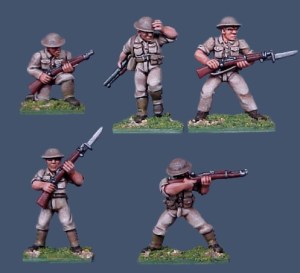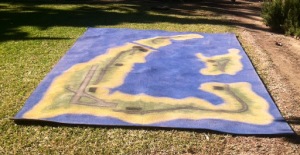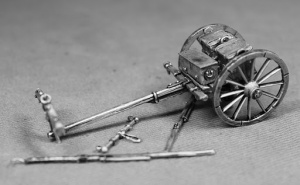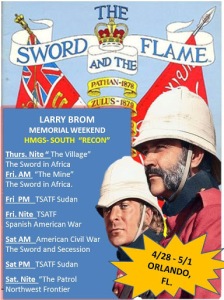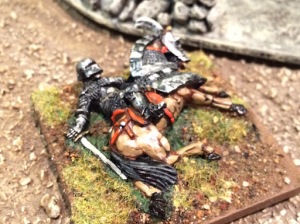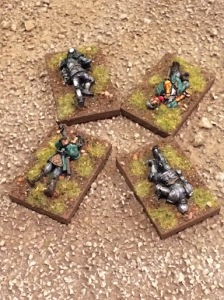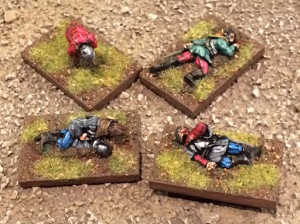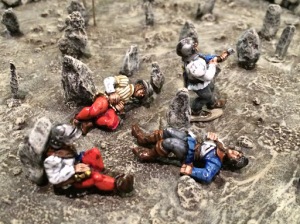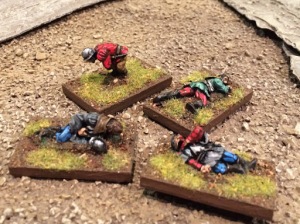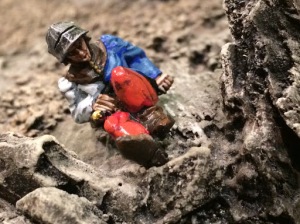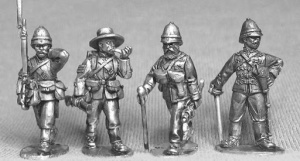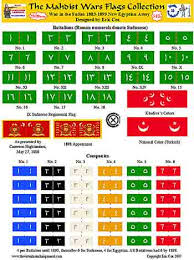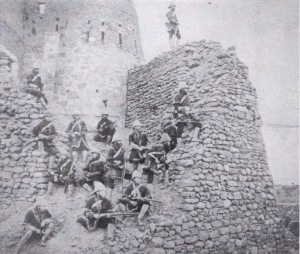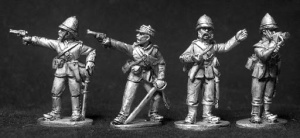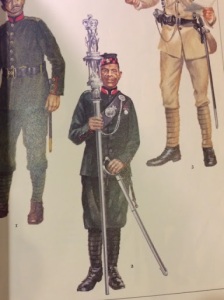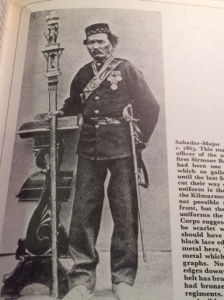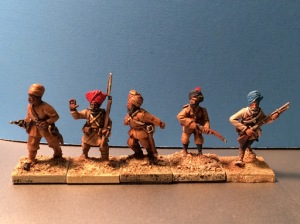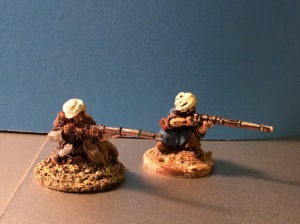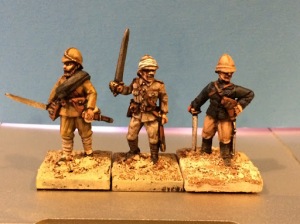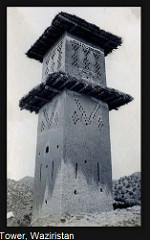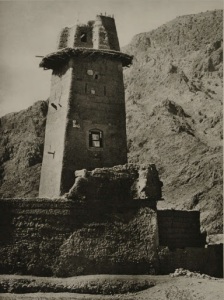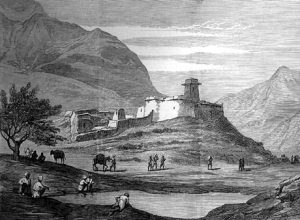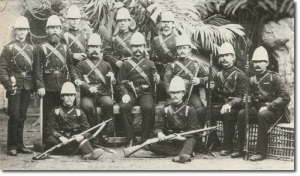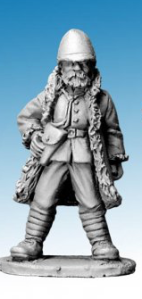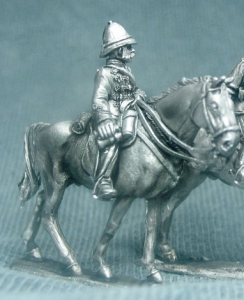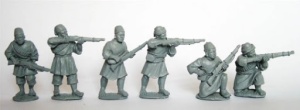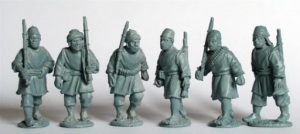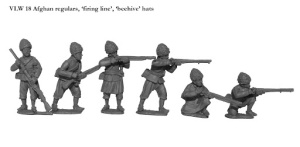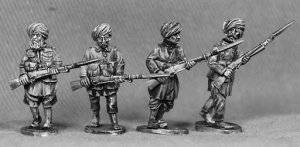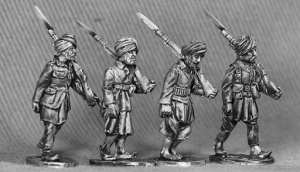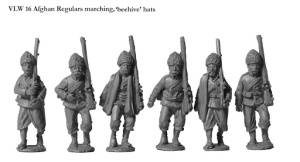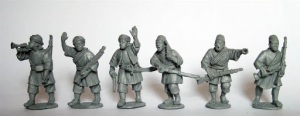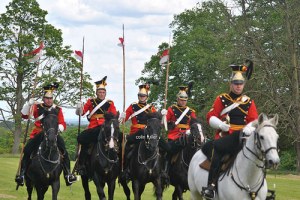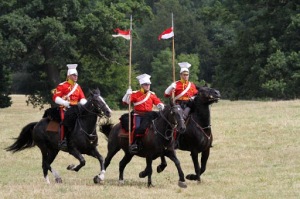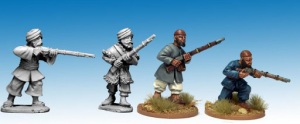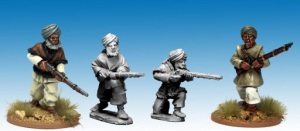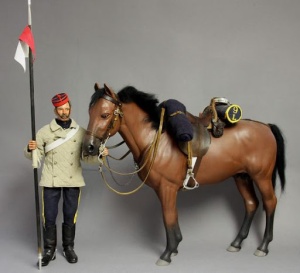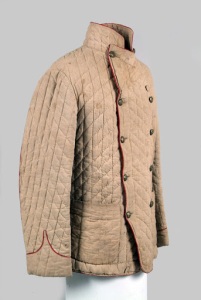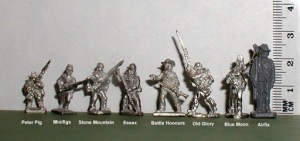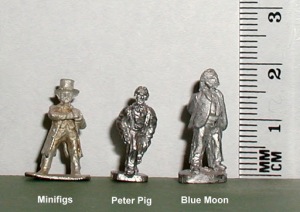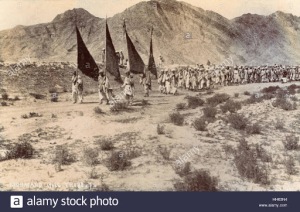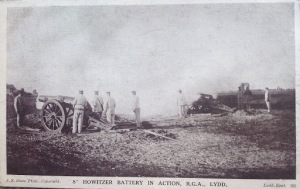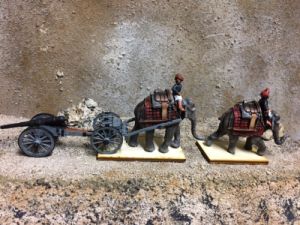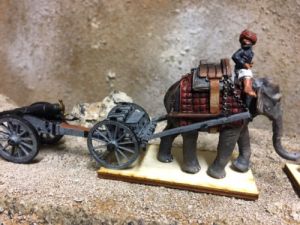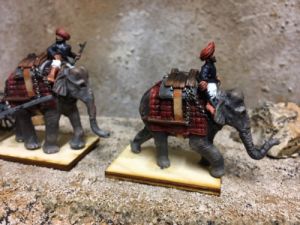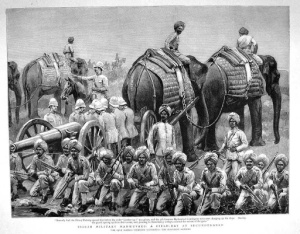Updates to this blog have been few and far between. I still have about 50 pics from Nick Stern’s Pacificon Black Powder Maiwand game, which resulted in a legendary British victory, but loading them up will take a long time and I am rather swamped at the moment, so I’m putting up some very nice pictures of various figures from my 130th anniversary game, taken by the talented man who painted them, Igor Olshansky. I’ve had these on hand for some time but never before thought of posting them, probably since they seem in a way to be Igor’s property! But I’ve posted a few of his pictures here before and he was always happy about it, so I’m pretty sure he will not mind. I have a link to his web-site on the “ABOUT IGOR THE MINI ARTIST” page but here it is again, for convenient access:
Igwargminis.com
(Go there if you want to see some beautiful miniatures and/or if you’re looking for someone very dependable, who can paint your figures very well for a reasonable price.)
And now, without further ado, here’s some pics of Igor’s handiwork, fresh off his painting table at the time:
First up are some converted Afghan Regular Army High Command, the mounted figure is a complete Foundry casting called “Afghan General/Sirdir”, the 2 foot figs on the left are 2 Foundry Franco-Prussian War French commanders whose heads I removed and replaced with an Indian Mutiny rebel turban head and an Afghan Regular Infantry “beehive hat” head, while the 2 foot figs on the right are Foundry FPW Prussian commanders. I filed down the seated officer’s hat and used modeling putty to turn it into a turban. I removed the standing officer’s head and replaced it with that of another Indian Mutiny rebel in a turban, this time wearing only a mustache, no beard, since this figure (in the poshteen and reddish turban) is meant to look like this photo of the young Ayub Khan, commander of the Afghans at Maiwand:
*NOTE: For this and all other mini pics below, simply CLICK ON THEM to see a full-size version…
Next are some Empress Miniatures Zulu War British Ensigns, used as standard-bearers of the 66th (Berkshire) Regiment, in patrol jackets and blue home service dress trousers:
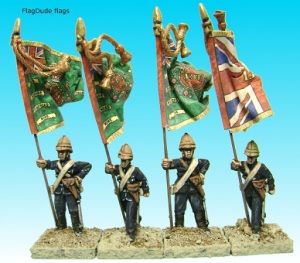
Below are more Empress Ensigns as 66th standard-bearers. These are in khaki and include 2 more conversion jobs — the 2nd figure from the right, whose head I removed and replaced with an Empress Minis bare-head (from their extremely useful Zulu War “Accessories” range), then wrapped a tiny tinfoil bandage around his head so he would resemble Lieutenant Olivey, who despite a bad head wound, refused to relinquish the Queen’s Colour; and the figure on the extreme right, meant to be Lieutenant Colonel James Galbraith, down on one knee, with his sword in one hand and the Regimental Colour in the other, just before his death during one of the Last Stands made by some men of the 66th, whom he had rallied and turned around to face the oncoming Afghans as most of the rest of the Anglo-Indian brigade routed away. This is the pose he takes in the sculpture raised in his memory by his siblings a few years after the battle:
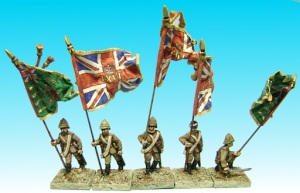
You might ask “Why so many dang standards, after all, the 66th Regiment only had two?” The answer is I got a bunch of extras and gave a pair of Queen’s & Regimental standard-bearers to each of the 3 fellow gamers who helped out the most in preparing for the 130th anniversary Maiwand game we played on July 27th, 2010.
Here’s a shot of the command element of Jacob’s Rifles/30th Bombay Native Infantry. I have found no certain evidence one way or the other regarding whether or not this unit carried its standards at Maiwand or even for that matter if they possessed standards at all, as British “Rifle” regiments as a rule did not and Indian Army units generally took their cues from their British Army prototypes. However, none of that stopped me from fielding these beauties:
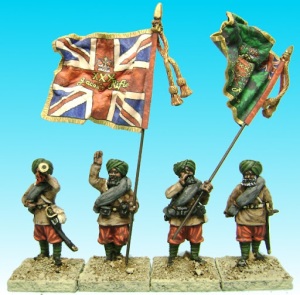
Unlike Jacob’s Rifles, there is some mention in contemporary accounts of the 1st Bombay Grenadiers losing their standards during the battle of Maiwand, so I have less concern regarding their historical propriety! I should mention they also withstood a little bit of customization, as — like the Sikhs above — they are Perry Miniatures Sudan Indian Army figures. But while the above Sikhs only required a particular paint-job to generally resemble Jacob’s Rifles (as even I was not about to attempt shaving off all their 28mm scale beards!), the Bombay Infantrymen below required slight adjustment to their headgear, as they are designed to be wearing the khaki cloth covering which came into service after the 2nd Afghan War and which gives their turbans a perfectly smooth appearance. In 1880 Afghanistan all the folds of the wrap-around lungi would have been visible, as would the pointed tip of the kullah worn beneath. It’s not that prominent in the picture below but I cut some folds into the sides of the turbans and added the tip of a kullah and one white-fringed end of the otherwise-khaki lungi sticking out on top. This color scheme for the turbans of the 1st Bombay Grenadiers is based on a color plate of a soldier of the unit in the Osprey Men-At-Arms book “Indian Infantry Regiments, 1860-1914, as seen on the left side of this picture:

Here’s the 28mm Perrys with converted turbans:
That’s it for now. Hopefully before too much longer I will manage to put at least some of those pictures of the Maiwand Day 130 version 2.0. Until then, best wishes and stay well!
* * *
THE 72nd, DUKE OF ALBANY’S OWN, HIGHLANDERS
The 72nd are one of my own favorite British regiments and I’ve always wanted a unit of them for my Second Afghan War army, dressed in their trews with matching tartan puttees. Truth is there is some question over whether enlisted men and NCOs wore such puttees or simply wore khaki ones, while there is definite visual evidence that officers in the regiment did in fact wear puttees in Afghanistan that were cut from the same pattern material as their highland trews. You can find an excellent color plate of an officer from the unit in the Osprey book: “The British Army on Campaign 1816-1902, volume III: 1856-1881,” as well as a somewhat fuzzy contemporary photograph of the unit. You can find an incredibly sharp photo of the Colonel Commanding the regiment and several other officers — most of them wearing their tartan puttees — in the Osprey book: “Queen Victoria’s Highlanders.”
The 72nd were present at several major engagements of the war. They participated in General Roberts’ legendary Kabul-to-Kandahar march and then fought tenaciously at the subsequent battle of Baba Wali, AKA the Battle of Kandahar — in which what remained of Ayub Khan’s army was decisively defeated and the British debacle at Maiwand just over a month earlier was avenged. Sadly, their Commanding Officer, Lt. Colonel Francis Brownlow, was killed in action during the battle, while leading the 72nd in an attack on one of several fortified villages occupied by the Afghans outside of Kandahar.
Here are some not very good shots of Osprey color plates and old photos of the officers and men of the 72nd:
And now for the figures…
Here are some very nicely painted 72nd, Duke of Albany’s Own, Highlanders, using Perry Sudan British infantry in Indian service dress. Igor — who doesn’t love elaborate uniform detail — out-sourced them and their tartan trews to a wargamer & painter friend named Bernard, who IMHO did an absolutely STUPENDOUS JOB…
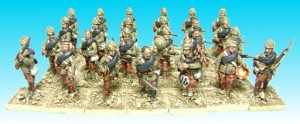
(click on photo to expand)
Since BLOGGER “Pages” don’t publish their dates of origin, I can’t exactly track when I first published the pic above, but I’m writing this in the final days of December, 2010, and it was months ago! Below are some more pics of the same figures, laid out atop the Maiwand terrain boards…
The pics above are also the first I’ve posted of some RENEDRA plastic tents I bought this past Summer. I HIGHLY RECOMMEND them! They were relatively inexpensive and painted up easily and I think very nicely, using a very simple scheme of (1) BROWN SPRAY-PAINT primer/base-coat, (2) heavy dry-brush of MUDSTONE and (3) LIGHT IVORY dry-brushed highlights (flat brown spray-paint from Home Depot and DELTA CERAMCOAT craft colors for the dry-brushing).
The tents are available from a variety of sources, but here’s a LINK to the manufacturer’s site:
As requested on TMP, some pics of 15mm figures on and about my rocky wood-chip hills…
Lt. Maudet and company charge out of the shed at the Mexicans, by A.H. Palacios in the 1983 graphic novel: “MAC COY – Camerone”
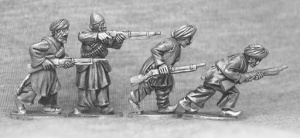
Mohmand Hill Tribe marching with flags…
RML 8-inch Howitzer in action…
